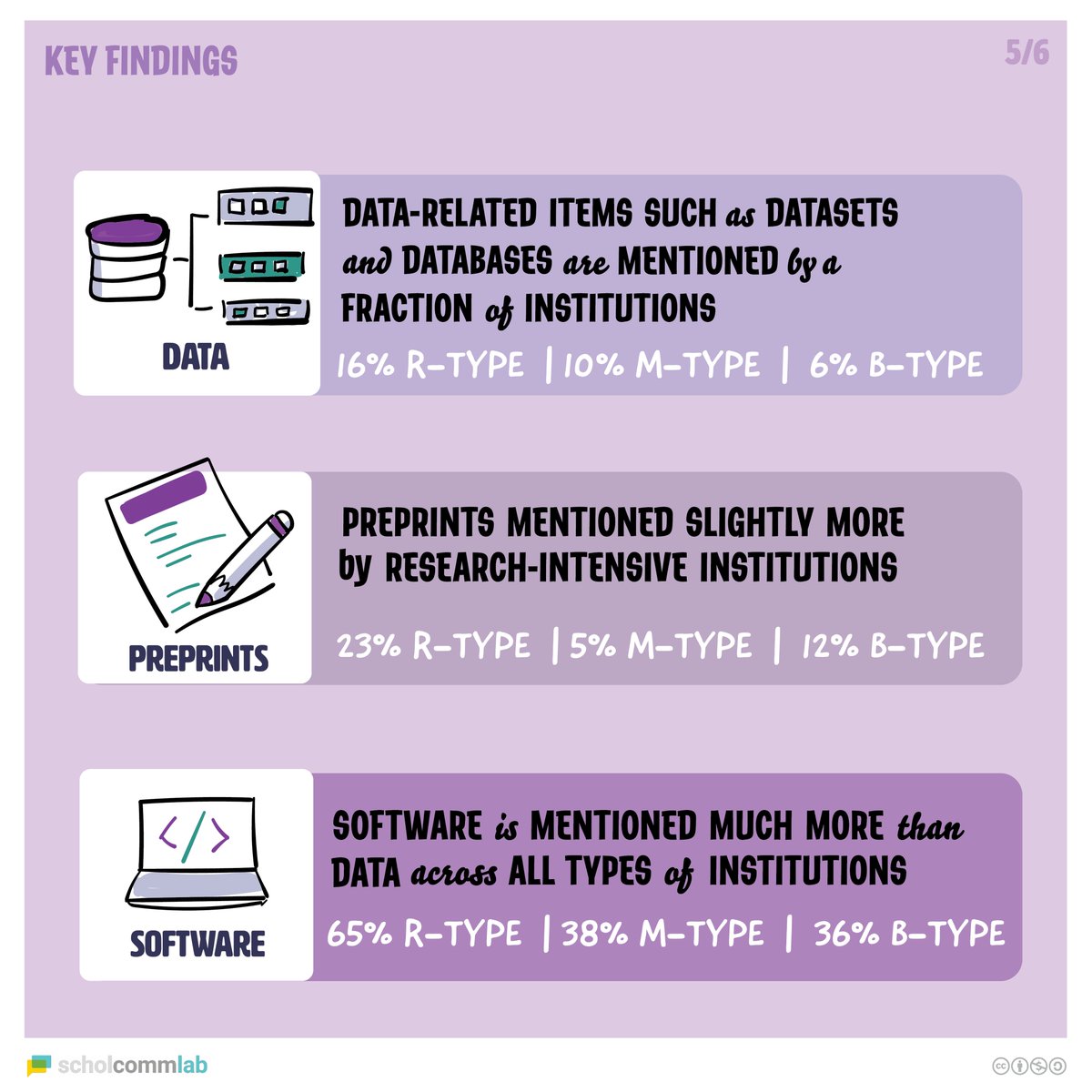
Last up in our #OAWeek2020 series on the RPT process: How do tenure guidelines value nontraditional academic outputs, like blog posts or podcasts? (1/n)
#OpenAccessWeek #AcademicChatter
#OpenAccessWeek #AcademicChatter

To find out, we scoured 860+ RPT documents to see whether they mentioned blog posts, preprints, events & other kinds of scholarly outputs. (2/n) 

The good news for public scholars: RPT documents in our sample mentioned LOTS of different scholarly outputs (3/n) 

These findings offer hope, but there’s still a long way to go. What can we do to ensure ALL forms of academic work are valued in review and promotion processes? (6/n)
#OpenAccessWeek #OAWeek2020 #AcademicChatter
#OpenAccessWeek #OAWeek2020 #AcademicChatter

A book chapter on these findings — with @DrSchimanski, Michelle La, @emckiernan13 & @MeredithNiles1 — is in the works. In the meantime, read the preprint at hcommons.org/deposits/item/… 

• • •
Missing some Tweet in this thread? You can try to
force a refresh










